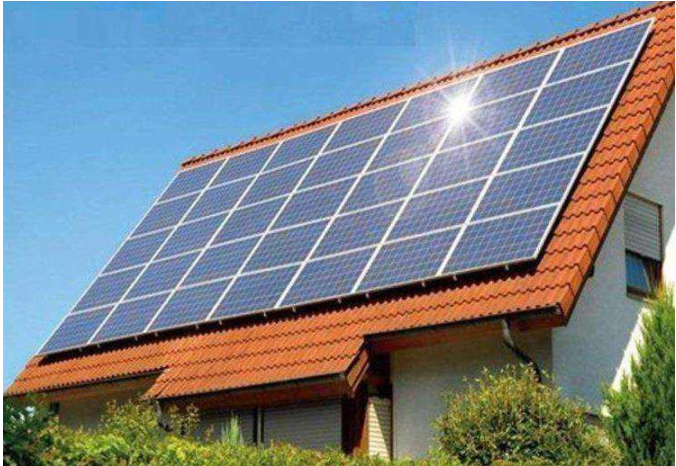In 2019, the new installed capacity of distributed photovoltaics in China declined overall, but the development of household photovoltaics exceeded expectations and the performance was eye-catching. Experts point out that with the country's policy to further clearly support residential photovoltaics, coupled with continuous advancement in technology and business model innovation, residential photovoltaics are expected to become the biggest bright spot in the distributed photovoltaic market this year.
According to statistics from the National Energy Administration, the country ’s new installed photovoltaic power generation installed capacity in 2019 was 30.11GW, a year-on-year decrease of 31.6%, among which the newly-added distributed photovoltaic installed capacity was 12.2GW, a decrease of about 42% compared to 20.96GW in 2018.

On March 10th, the National Energy Administration issued the “Notice on Construction of Wind and Photovoltaic Power Generation Projects in 2020”, which clearly states that the management policy that will basically continue in 2020 will remain unchanged in 2019, and residential photovoltaics will continue to be managed separately. Of the total 1.5 billion yuan subsidy, 500 million yuan was allocated to subsidize household photovoltaics. The proportion of subsidies for household projects in the total subsidy increased from one quarter to one third last year. According to the previous subsidy standard of 0.08 yuan / kWh for which the Price Department of the National Development and Reform Commission last consulted, the installed scale of household projects corresponding to the 500 million yuan subsidy is about 6GW. If a one-month buffer period is considered, the scale can be arranged at 6.5GW throughout the year. the above.
Wang Shujuan predicts that in 2020, the domestic photovoltaic market will be dominated by centralized power stations, and the distributed share will further decrease from 40% last year to about 30% -35%. Because according to this year's electricity prices, distributed photovoltaics do not have an advantage under the bidding mode, distributed photovoltaic installations this year are not optimistic, but it will have more application scenarios, such as the application of photovoltaic building integration (BIPV) will be more widely, at the same time Distributed as a self-provided power source will be widely used. It will also be more integrated with microgrids, energy storage, and energy Internet. The proportion of distributed distribution without subsidies will further increase.
















 RCCN WeChat QrCode
RCCN WeChat QrCode Mobile WebSite
Mobile WebSite

